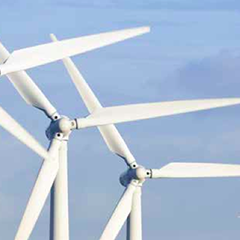DNV GL has recently published a strategy for making up to 40% savings in offshore wind costs. We took a closer look at this interesting example of thought leadership to see if it can deliver on its lofty targets.
Industry action on reducing offshore wind costs is widely regarded as essential to secure the future of this strategically important energy source in Northern Europe as well as in new markets in Asia and North America. The DNV GL manifesto for offshore wind cost reduction does more than identify and quantify cost reduction opportunities; it sets out the challenge and commits DNV GL to action on the most important issues.
The cost reduction strategies outlined in the manifesto are categorised into three basic types: “Doing it right” (by mitigating risk and increasing certainty), “Doing it better” (by improving the efficiency of existing processes), and “Doing it differently” (by innovating for the future).
Working with industry partners, the actions DNV GL commits to in the manifesto have the potential to achieve reductions in the cost of energy of up to 25%. This saving, combined with trends in other areas such as improved supply chain efficiency, has the potential of delivering a total reduction of 40% which is recognised by many stakeholders as the level required to secure the future of the industry.
Commenting on the work, CEO for DNV GL – Energy, David Walker said, “This is about securing the future of offshore wind. Achieving cost reduction is about more than just new technology and innovation. It also requires us to get the basics right which means getting people together, assessing the issues in detail and defining best practice.



























